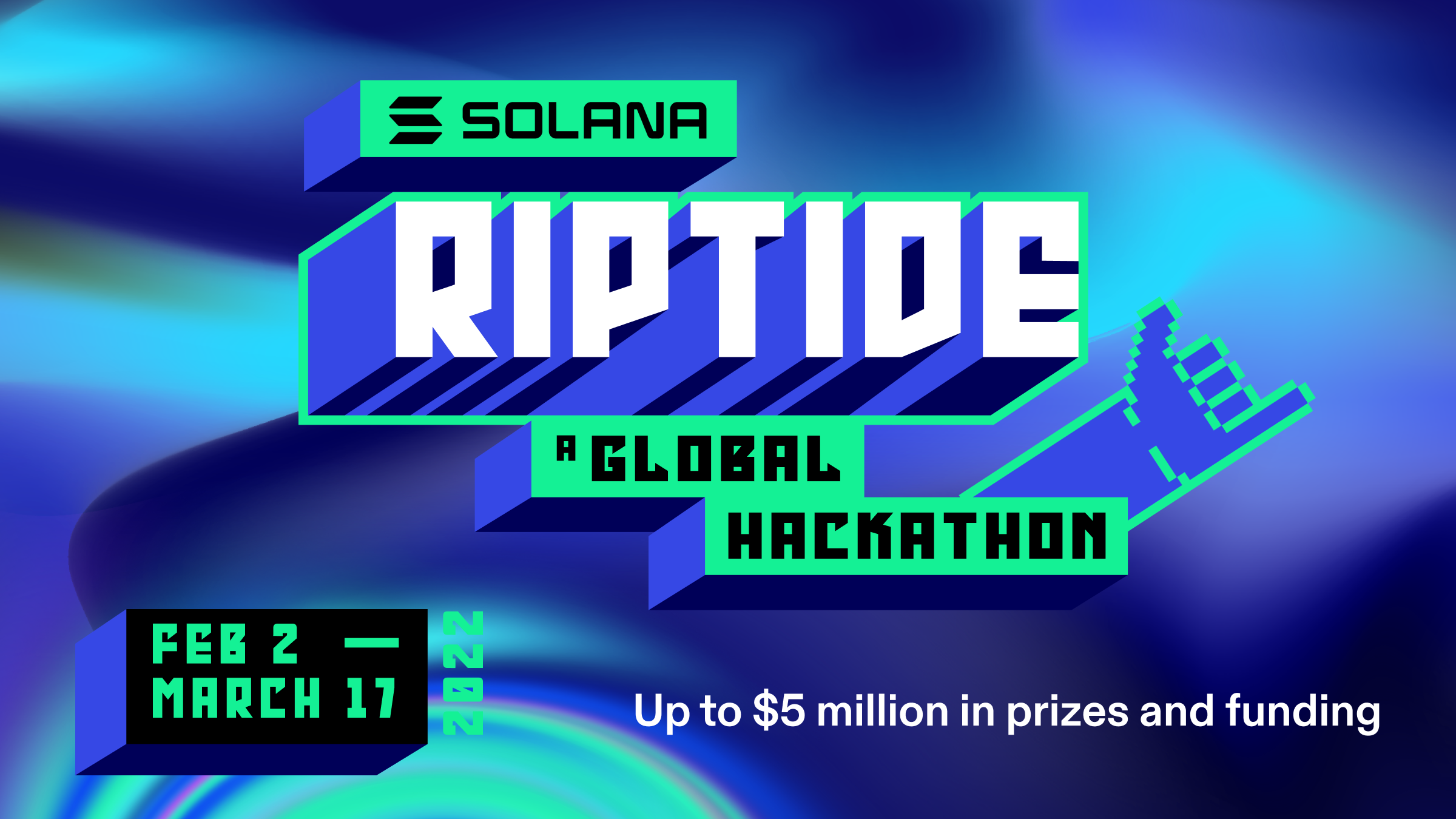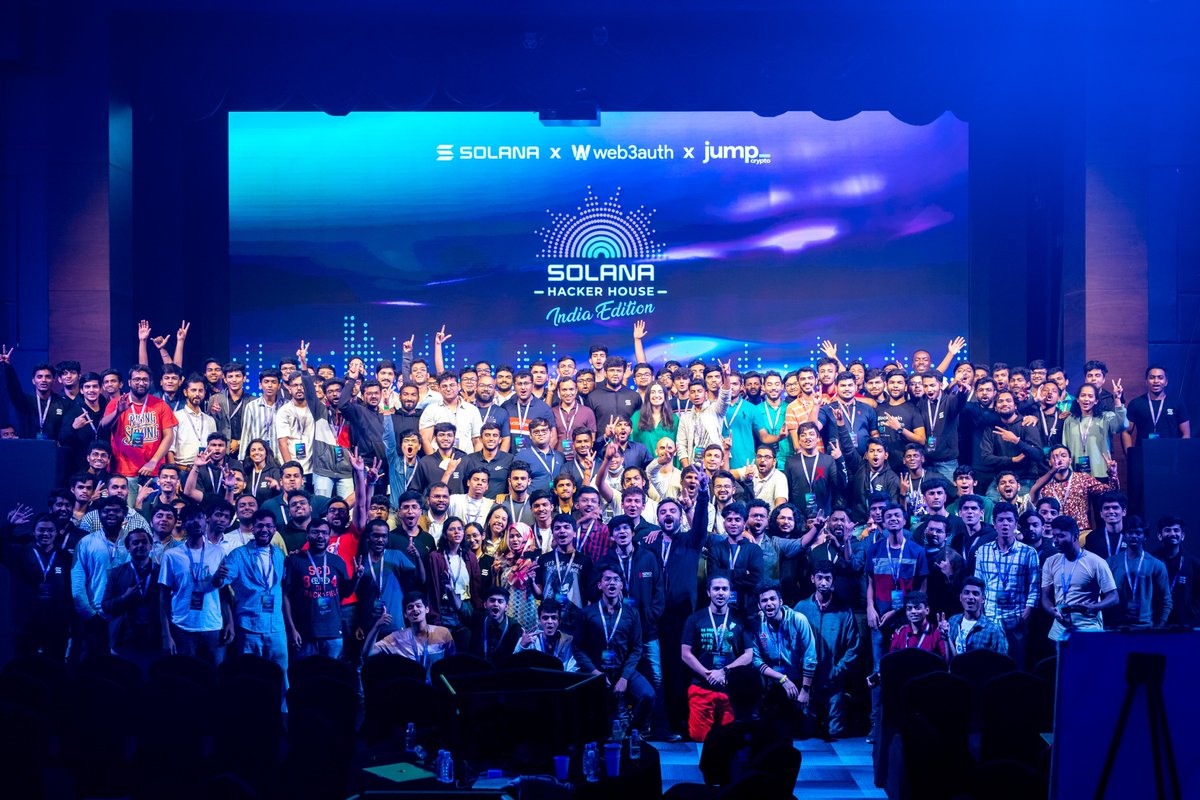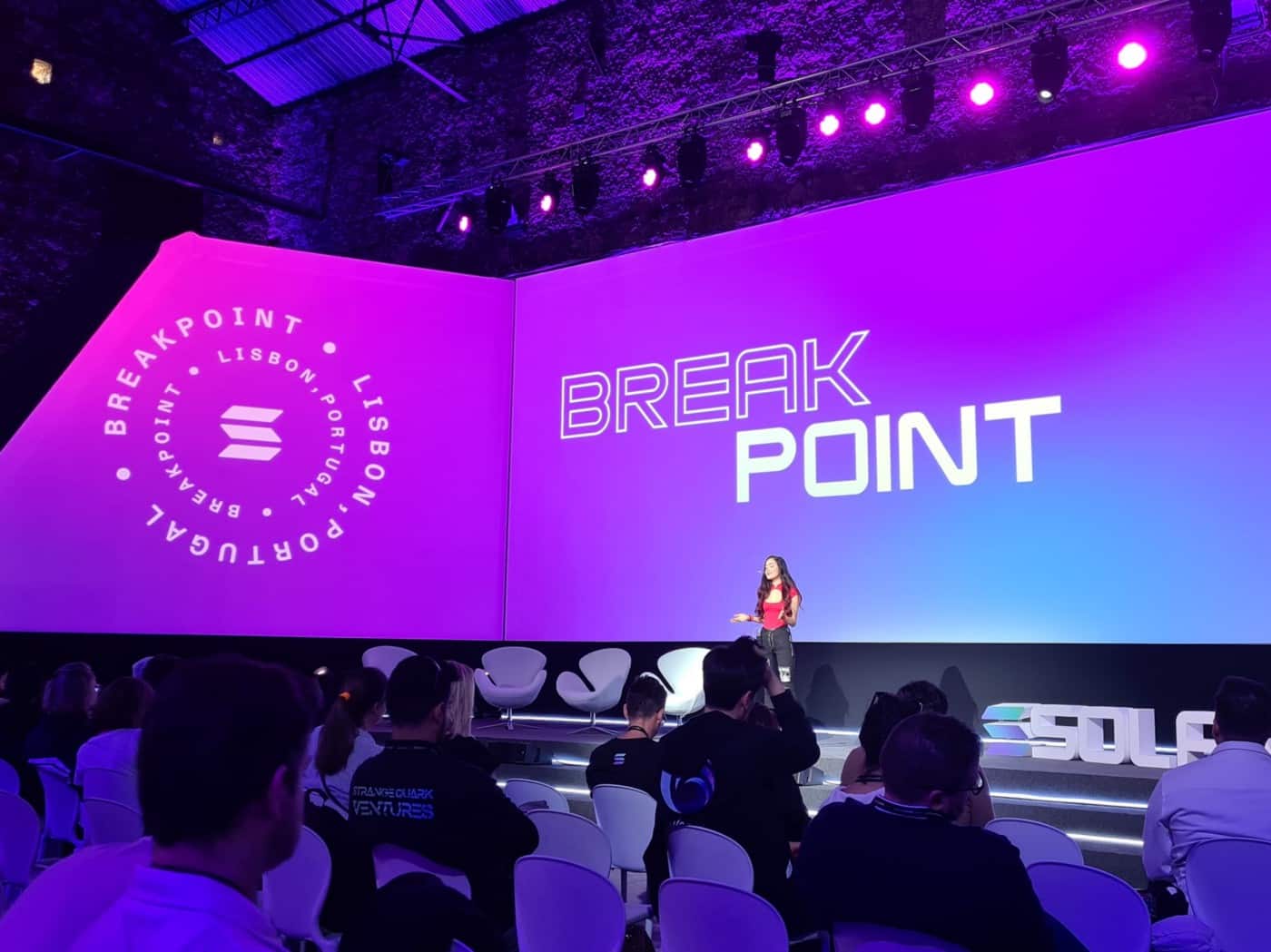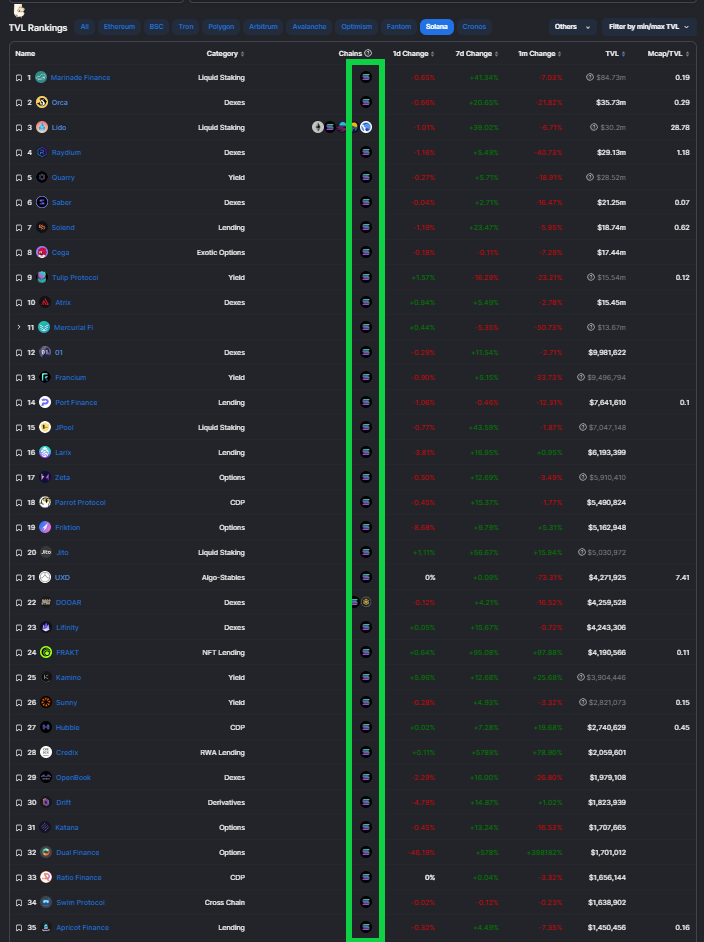Solana is in unprecedented difficult times for an ecosystem. In a case similar to mine, out of thousands of projects, there are only a few that have lost their sponsors but still continue to grow strongly, which is Bitcoin. As for Solana, after FTX and Alameda Research encountered incidents, many people are pessimistic about Solana’s future.
Up to 8 out of 10 people in the crypto market think that Solana will not be able to overcome this “illness”! However, in this article, everyone with Weakhand, let’s be optimistic people and find points so we can continue to trust this ecosystem in the coming future.
3 Reasons to Continue Trusting Solana
It cannot be denied that Solana are real builders

Since its inception, Solana has personally written the book “Handbook for building a successful non-EVM ecosystem”. Unlike other BLockchain EVM platforms that rely partly on Sodility for success, Solana says: “We don’t need EVM.” And Solana has done many things that other ecosystems can only dream of, such as:
- The first ecosystem to create a trend that is not Ethereum. That is the Move to Earn trend/ Remember that previously all trends such as ICO, IDO, DeFi, NFT,… all originated from Ethereum.
- As an ecosystem, there was a time when NFT transaction volume was higher than Ethereum. Why is the NFT trend exploding on Solana and Ethereum but not other blockchains when other blockchains are just as fast and cheap as Solana? Where is the reason?
Above is what we cannot deny about the successes in building Solana’s ecosystem. So that is the result and what is the cause?
In my opinion, there are two main reasons for Solana to build such a successful ecosystem: Solana understands the heart of an ecosystem, which is the developer. And Solana has done its best to attract and retain developers into an extremely new programming language that is Rust.

There are 2 Global Hackathons a year and the reward for each hackathon is about $5M. We have had many hackathons like Summer Camp, Riptide, Inigtion,… And we can confirm that no other ecosystem has spent as much money on hackathons as Solana And after each hackathon, the number of projects on Sol expands. A total of 48,000 developers attended Hackathon Global events creating 2,500 projects with $600M poured into winning projects averaging at $240K/project.

Not only the Global Hackathon, but Solana also regularly does Offline Hackathon events across many different countries, the annual Hacker House, which also attracts many developers. According to my subjective assessment, Solana’s Hacker House is also considered the most successful of all offline hackathon events.. According to statistics from the Solana Foundation team, there were 11,000 developers attending the Hacker House event.

Events like Break Point, which take place every year, gather many famous people to speak and share issues inside and outside of Solana and also create a lot of buzz. And nearly 4,000 people attended Solana’s annual Break Point events.
Not only that, Solana also has grants to give to communities and projects with common goals towards the development of the entire ecosystem. As for grants, almost every ecosystem has them, so Solana’s availability is not too difficult to understand.
In my opinion, to be able to determine whether Solana continues to build its ecosystem or not, we need to observe basic factors such as whether the project continues to organize Global Hackathons to attract good developers. Are not? Are Hacker House Offline events still being held? Do these events still attract developers to attend? Has the number of projects increased? Do the winning projects have any innovations?
Solana’s technical solutions continue to be offered
Solana had the most difficult year of facing the aptomat switch when the Solana platform was occasionally congested leading to power outages and the entire validator community had to agree to shut down and restart the network. Up to now, there have been many solutions proposed to solve the problem of Solana’s network collapse, including:
- Quic: This update allows the network to prevent or minimize behaviors such as bot transaction spam that cause network congestion. Currently, QUIC is in the Mainet Beta stage and until update 1.13.4, QUIC will officially go to mainet.
- Stake-weighted QoS: The form of transaction allocation will also change from First Come First Service now to according to the stake proportion of each validator. Stake-weighted QoS is also present in the Mainet Beta stage and together with QUIC will officially go to mainnet in updated version 1.13.4.
- Fee Markets: Instead of using default fees, Solana will market similar transaction fees on Ethereum. Users can propose fees to have their transactions prioritized. Avoid transaction spam. Currently, Fee Markets has been deployed on the Mainet Beta network soon to gain RPC and wallet support.
- Transaction Siz Increase: Increasing the size of a transaction helps resolve more transactions and faster speed. Currently the size of a transaction is 1,232 bytes. Transaction Siz Increase is currently in development
Not only that, one of the VCs who has fiercely accompanied Solana, Jump Crypto, also developed its own solution: Firedancer. It can be said that Solana is one of the rare ecosystems that receives direct and wholehearted support from a reputable VC in the market. Previously, Jump Crypto saved Wormhole by spending hundreds of millions to save this platform after the hack and now Jump is joining hands with Solana. So what is Firedancer?
Firedancer is a new validator client on Solana that promotes decentralization of the network with less hardware requirements. Currently there is not much information about this Firedancer product.
From the above we can temporarily conclude that Solana does not ignore the problem they are facing, but they face it and then offer solutions. Not only that, they also have reputable partners who work with them to solve problems. The above solutions were just research in the middle of the year, but after 6 months they were about to be posted on mainnet. The good thing about the Solana Foundation is that they don’t promise when they will update, but they quietly act and build.
Those who continue to stay
It cannot be denied that large projects, especially in the NFT segment, have announced their departure from Solana, but DeFi is different. The leading DeFi platforms on Solana are still sticking and developing on Solana such as Marinade, Orca, Raydium, Solend, Quarry, Saber,

TVL ranking of projects on the Solana ecosystem at the time of writing
Through the image above, we can temporarily draw two conclusions:
- There is no ecosystem other than Ethereum that has many native projects like Solana currently. Besides, the platforms leading the ecosystem are also native projects instead of multichain with the exception of Lido Finance.
- Projects on Solana have had many options to leave such as Near Protocol, Polkadot, Sui Blockchain or Aptos, platforms that use the same Rust “voice” with Solana. However, most projects are still continuing to work with Solana without too much multichain trend.
SOL returns to staking
After the crisis when a series of users and validators withdrew SOL from staking to sell when they firmly believed that when FTX and Alameda Research collapsed, Solana would also collapse. The event happened right while Solana’s annual Break Point event was taking place. However, after the net withdrawal of SOL, it seems that SOL was brought back to staking but has not yet reached the numbers before the collapse.
Up to now, Solana owns more than 2,000 validators, making it one of the networks with the largest number of validators. This is also a positive thing for this ecosystem and also proves that users have begun to trust this platform again.
Summary
It can be said that besides the reasons for us to leave Solana, there are still motivations for us to continue to trust this platform. For now, we can continue to monitor before investing directly in this platform.
And after this event, if Solana doesn’t “go bush” then…


